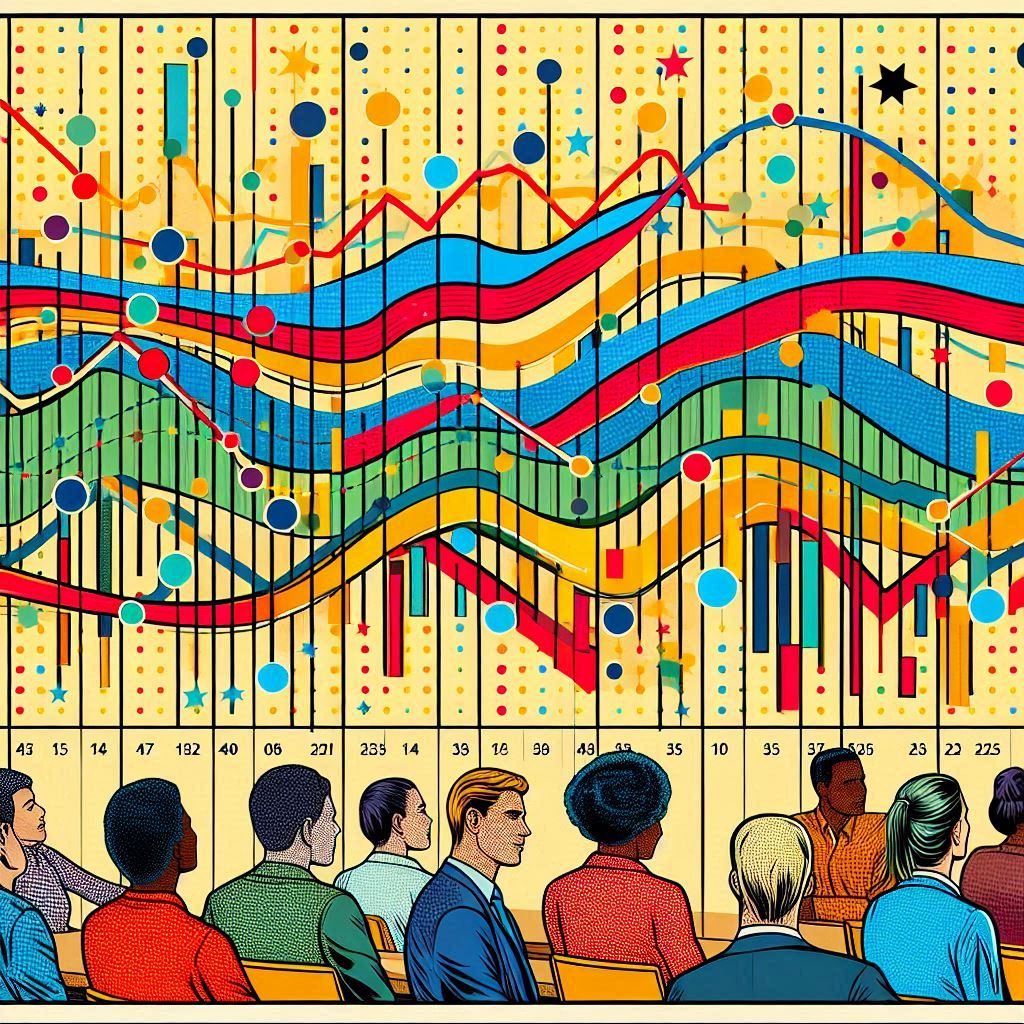Introduction
Data analytics is revolutionizing how businesses operate, providing deeper insights and driving better decision-making. Whether you’re just starting in data analytics or looking to enhance your expertise, this comprehensive guide covers everything you need to know about data analytics, from foundational concepts to advanced techniques.
1. What is Data Analytics?
Data analytics involves examining raw data to uncover patterns, draw conclusions, and support decision-making. It encompasses a variety of techniques and processes to extract valuable insights from data. From basic statistical analysis to complex machine learning algorithms, data analytics helps organizations understand their data and leverage it effectively.
2. Importance of Data Analytics in Modern Business
Data analytics is crucial in today’s business landscape. It enables companies to:
- Make Informed Decisions: Data-driven insights help businesses make strategic decisions.
- Enhance Efficiency: Identifying process inefficiencies and areas for improvement.
- Gain Competitive Advantage: Leveraging data to outperform competitors.
- Improve Customer Experience: Understanding customer behavior and preferences.
3. Key Concepts in Data Analytics
Data Mining
Data mining is the process of discovering patterns and knowledge from large datasets. Techniques include clustering, classification, and association rule learning.
Machine Learning
Machine learning involves training algorithms to learn from and make predictions based on data. Applications range from recommendation systems to predictive maintenance.
Big Data
Big data refers to datasets that are too large or complex for traditional data-processing software. Big data technologies, like Hadoop and Spark, enable the storage and analysis of massive datasets.
Data Warehousing
A data warehouse is a centralized repository for storing large volumes of structured data. It supports business intelligence activities by providing a stable and consistent data source.
ETL Processes
ETL stands for Extract, Transform, Load. These processes are essential for preparing data for analysis, involving the extraction of data from various sources, transforming it into a suitable format, and loading it into a data warehouse.
4. Types of Data Analytics
Descriptive Analytics
Descriptive analytics focuses on summarizing historical data to understand what has happened. Common techniques include reporting, data visualization, and dashboards.
Diagnostic Analytics
Diagnostic analytics aims to determine why something happened by analyzing data in more detail. Techniques include drill-down, data discovery, and correlations.
Predictive Analytics
Predictive analytics uses statistical models and machine learning techniques to forecast future events. Applications include sales forecasting, risk management, and fraud detection.
Prescriptive Analytics
Prescriptive analytics recommends actions based on data insights. It uses optimization and simulation algorithms to advise on possible outcomes and actions.
5. Data Visualization Techniques
Line Charts
Line charts are used to track changes over periods of time. They are useful for visualizing trends in data such as sales performance over months or website traffic over weeks.
Bar Charts
Bar charts are ideal for comparing different categories. They can show variations between categories, such as comparing sales figures for different products.
Pie Charts
Pie charts represent proportions and percentages. They are effective for showing parts of a whole, such as market share distribution among different competitors.
Scatter Plots
Scatter plots display relationships between two variables. They are useful for identifying correlations, such as the relationship between advertising spend and sales revenue.
Heatmaps
Heatmaps use color gradients to represent data density or intensity. They are used in web analytics to show user interactions or in geographic data analysis to visualize population density.
6. Tools and Technologies in Data Analytics
Popular Software and Tools
- Tableau: A powerful data visualization tool.
- Power BI: A business analytics service by Microsoft.
- Python: A programming language with libraries like Pandas and Scikit-learn for data analysis.
- R: A programming language used for statistical computing and graphics.
Emerging Technologies
- AI-driven Analytics: Leveraging artificial intelligence for advanced predictive and prescriptive analytics.
- Real-time Analytics: Analyzing data as it is generated to provide immediate insights and actions.
7. Practical Applications of Data Analytics
Healthcare
Predictive analytics can forecast patient outcomes and optimize treatment plans. For example, machine learning models can predict the likelihood of patient readmissions.
Finance
Data analytics helps in risk management, fraud detection, and investment analysis. Financial institutions use predictive models to identify potential fraud before it happens.
Marketing
Marketers use data analytics for customer segmentation, campaign performance analysis, and personalized marketing. By understanding customer behavior, companies can target their marketing efforts more effectively.
E-commerce
In e-commerce, data analytics is used for inventory management, customer behavior analysis, and recommendation systems. Retailers can optimize their supply chain and enhance customer experience.
8. Challenges and Best Practices
Data Quality
Ensuring data accuracy, completeness, and consistency is critical. Implement data quality checks and validation processes to maintain high-quality data.
Data Privacy
Protecting sensitive information is paramount. Adhere to data protection regulations like GDPR and implement robust security measures.
Ethical Considerations
Address ethical concerns in data usage, such as bias in algorithms and the ethical implications of data-driven decisions. Promote transparency and fairness in analytics practices.
9. Future Trends in Data Analytics
AI and Machine Learning
The integration of AI and machine learning in analytics is growing, enabling more sophisticated predictive models and automation of complex tasks.
Real-time Analytics
Real-time analytics allows businesses to make instant decisions based on live data. This trend is becoming increasingly important in areas like finance and e-commerce.
Predictive Analytics
The use of predictive analytics is expanding across industries, providing deeper insights into future trends and behaviors.
10. Resources for Further Learning
- Books: “Data Science for Business” by Foster Provost and Tom Fawcett.
- Online Courses: Coursera, GreatLearning, and Udacity offer courses on data analytics.
Conclusion
Data analytics is a powerful tool that can drive significant business value. By mastering data analytics techniques, professionals can make informed decisions, optimize operations, and gain a competitive edge. Stay updated with the latest trends and continuously enhance your skills to leverage the full potential of data analytics.
For more detailed guides and resources, explore our website and keep learning!

